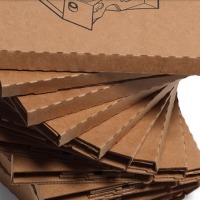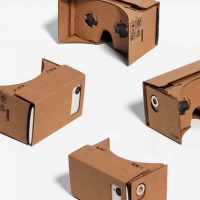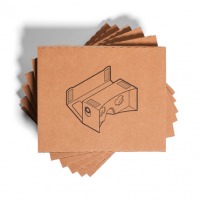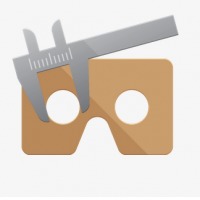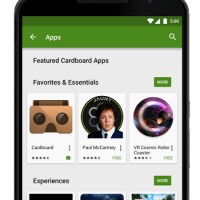
If you’re not willing to buy the Samsung Gear VR or the Oculus Rift but still want to experience virtual reality, Google Cardboard can be your more affordable option. I don’t think Google will discontinue this product soon (like the Google Glass) but it certainly has more room for improvement. That’s why the tech giant’s decision to open source the Cardboard viewer is good. There are a number of virtual reality tools already and the community of developers and manufacturers are working together to make virtual reality with Google Cardboard better.
Since its launch, hundreds of Cardboard apps have been added to the Google Play Store. You can enjoy a variety of apps from mountain climbs to roller coaster rides to test drives. A lot of people have been discovering how to use their Cardboard whether in schools, homes, or offices. It’s been used for campus tours, vacation planning and marriage proposals already. It seems you can do a lot with it—the possibilities are endless.
Bringing the VR experience to everyone, Google continues to be creative by launching the Works with Google Cardboard. It’s a new program that enables all Cardboard apps to work with almost all Google Cardboard viewers whether made from wood, metal, or plastic. A Google Cardboard viewer can easily be made but dimensions and optics can differ from another viewer. Google aims to solve those differences by launching a tool that automatically configures every app.
For manufacturers, you just need to define key parameters like inter-lens distance, input type, and focal length. A QR code will be given to place on the device which a user needs to scan using the app. Manufacturers can now also apply for a program certification badge.
Design guidelines and the SDK have been updated for a more immersive experience. Google is sharing more knowledge with the developer community. The design guidelines now focus on overall usability while the SDK now includes enhanced head tracking and drift correction. Of course, updates also included support for the Works with Google Cardboard program.
With the Cardboard community growing, more apps have been added to the Google Play collection. Expect to see more apps under new categories like Games, Experiences, and Music and Video.
Google has also worked with the School of Engineering in Trinity College Dublin, specifically the Thrive Audio team. This partnership aims to bring the team’s ambisonic surround sound technology to virtual reality. The company also started to work with the Tilt Brush team known for its 3D painting innovations to make apps.


